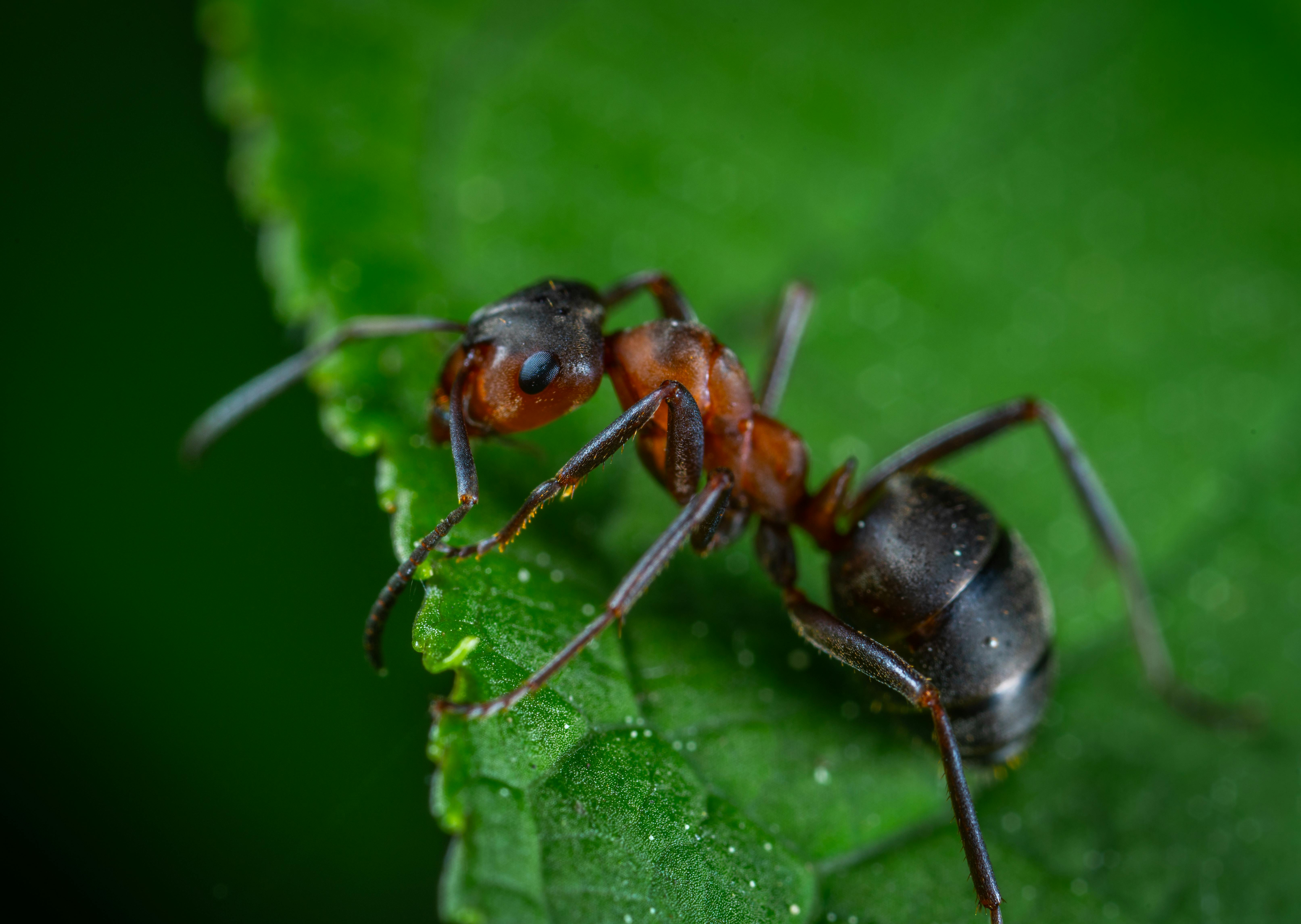Discovering the Intricate World of Ants: An Insight into Eusocial Insects
Did you know that some species of ants have evolved to a level of societal organization that rivals human civilizations? This article delves into the fascinating world of these eusocial insects and their complex colony structures. The world is teeming with a variety of life forms, and one of those forms exists right under our feet. Ants have been a part of the earth's ecosystem for over 100 million years, with their complex societal systems and unique behaviors contributing significantly to their survival.

Unraveling Ant Society: A Hierarchical Structure
Ant societies are eusocial, meaning they display the highest level of organization in animal societies. These societies are characterized by a division of labor, cooperative care of offspring, and overlapping generations. Each ant colony comprises different castes - the queen, the workers, and the soldiers. The queen’s primary role is reproduction, and it is the only individual that can lay eggs. The workers, mostly sterile females, do all the work from foraging, nursing the young, to maintaining and defending the colony. Soldiers, larger and stronger ants, are primarily responsible for defense.
The Ant Communication System: Pheromones and More
Ants communicate using a sophisticated system based on chemicals known as pheromones. Each colony has a unique scent that distinguishes members from outsiders. They also use pheromones to alert others of danger, direct them to food sources, and even indicate their own impending death.
The Remarkable Ants: Leafcutters, Fire Ants, and Carpenter Ants
Leafcutter ants are renowned for their farming abilities. They cut leaves and carry them back to their colonies to cultivate a special type of fungus, their primary food source. Fire ants, on the other hand, are known for their painful sting and aggressive behavior. Carpenter ants are noted for their ability to excavate wood to build their colonies, often resulting in damage to human structures.
Ants in Popular Culture and Their Market Impact
Ants have been portrayed in various forms of media, from Aesop’s Fables to modern films like Antz and A Bug’s Life. Ant farms, a popular educational toy, allow people to observe ant behaviors closely. However, some species of ants are considered pests, leading to a thriving pest control industry.
Final Thoughts: A Testament to Evolution
Ants are a testament to the power of evolution. Despite their small size, they’ve evolved complex social structures and communication systems that have allowed them to thrive in almost every terrestrial habitat on Earth. Their resilience and adaptability continue to fascinate scientists, providing insights into social behavior, cooperation, and survival. In understanding ants, we may also gain a greater understanding of our own complex societies.




